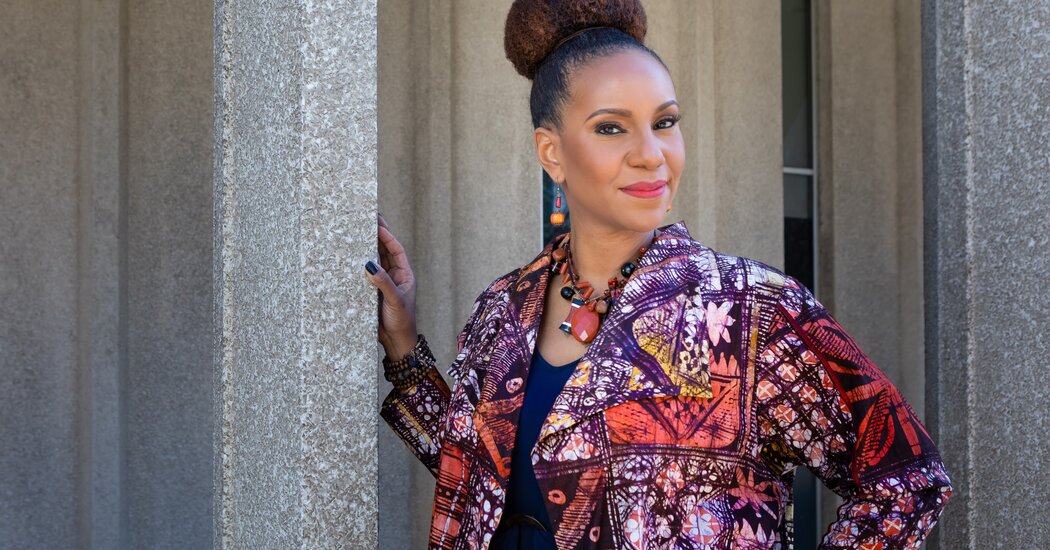What will visitors find inside the museum?
One thing I would highlight is the Carolina Gold Gallery, where we go in depth on the story of rice, which is our cash crop. Here we talk about innovation and technology, which are not usually words that you associate with slavery. But we show how it was the knowledge and technology of the Africans who were kidnapped and transported to Charleston that allowed rice production here to become a global industry, and to make us the richest colony in our budding nation. So we tell the whole truth: We talk about the inhumanity of slavery without losing sight of the humanity of the people.
The other one I would point out is the Gullah Geechee gallery. The Gullah Geechee people are an African American community that range up and down the coast from North Carolina to northern Florida who have kept incredible ties to their African origin communities. You can hear it in the language, taste it in the food, see it in the craftsmanship. And a lot of these things are what South Carolina and the Lowcountry are famous for. I’m excited to be able to tell that story, particularly because the Gullah Geechee community is still alive, thriving and modern — so we have a living history gallery inside a history museum.
Parts of the museum might bring up strong emotions. How are you preparing for that?
We have a real emphasis on cultural-competency training and cultural-empathy training with our staff. Empathy is going to have to be one of our superpowers. But I would also say that there is actually a lot of joy in our site, and that has to do with how we put the story of slavery in full context. If you just tell the story by itself, it’s an unfinished story; it’s also a traumatic and a sad story. But when you start with the majestic origins of the people and the culture, and you continue through this period of slavery and talk about what has been happening since and the way we can continue to move forward — there’s a very different feel. And that’s when the joy and the triumph and the resilience all start to come through.
I think visitors will have moments of historical discovery, perhaps some moments of self-discovery. And I think there will also be moments of validation and recognition. I want people to walk away with what I call the “unscratchable itch for what’s next.” If we do this well, then it will be clear to anyone walking out of the museum that there is so much more to know.
You have a Ph.D. in biomedical…
Click Here to Read the Full Original Article at NYT > Travel…
